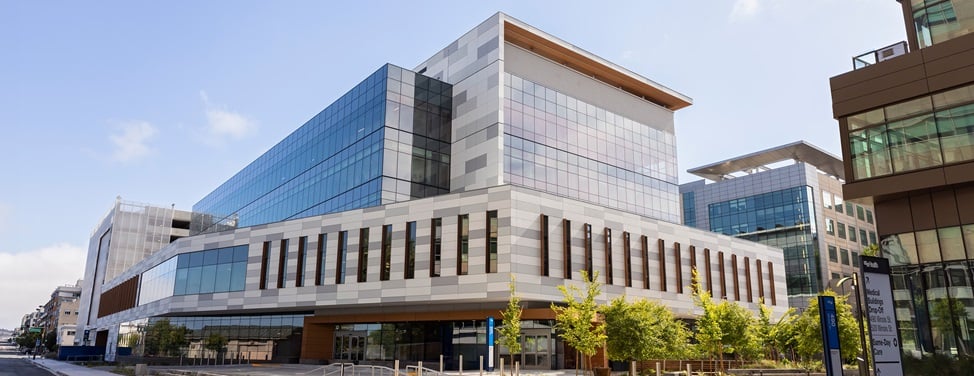
Birthmarks & Vascular Anomalies Center
The UCSF Birthmarks & Vascular Anomalies Center, founded in 1991, cares for patients with vascular growths, such as hemangiomas and other vascular tumors, or with vascular malformations, including venous, lymphatic, arteriovenous and mixed malformations. This includes patients with Klippel-Trenaunay Syndrome as well as those diagnosed with lymphangioma, cavernous hemangioma, glomangioma, Proteus syndrome and other vascular anomalies.
During your visit, you will see a dermatologist, plastic surgeon, interventional radiologist, dermatologic surgeon and otolaryngologist. This team will then meet to review your case (your medical history, physical exam, prior biopsies and imaging studies) and decide on further diagnostic and treatment recommendations. This arrangement saves you from having to go to multiple doctors' visits.
Doctor referral may be required
Our locations
Our team
Clinical trials
A Trial Comparing Unrelated Donor BMT with IST for Pediatric and Young Adult Patients with Seve...
The median time to failure or death will be compared on the two arms using the log-rank test. Failure of IST is defined as the date that a second definitive therapy was recommended (BMT, second course of ATG) and failure of BMT de...
Recruiting
Support services
Plan your visit
What to Bring
- Before your visit, make sure you:
- Have all necessary referrals and health insurance authorizations sent to our office. We must receive them at least two weeks before your visit.
- Have all pertinent medical reports sent to our office. We must receive them at least four weeks before your visit. Please include pathology reports and reports of prior surgeries, treatments and relevant hospitalizations.
- Collect all radiology films to bring with you to the visit. This includes CT scans, MRIs and MRAs (magnetic resonance angiograms).
- Have snacks, reading materials or other items you may want. The visit will take all morning and may involve waiting.
Related clinics
Our research initiatives
-

UCSF Department of Dermatology Research
The UCSF Department of Dermatology's research programs cover a broad range of investigations into skin biology and disease, ultimately leading to more effective care for patients.





































